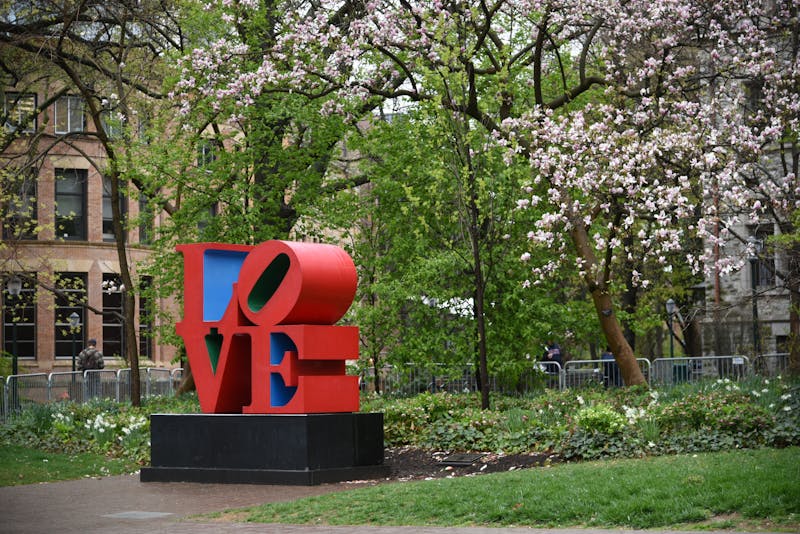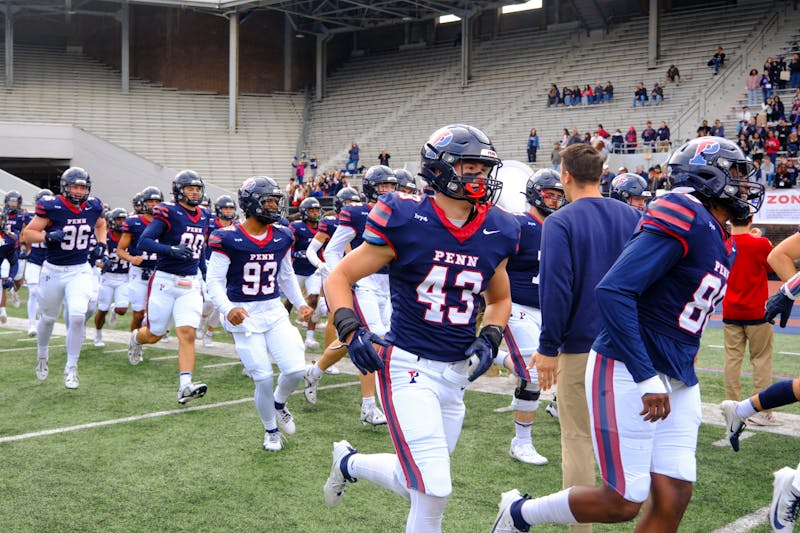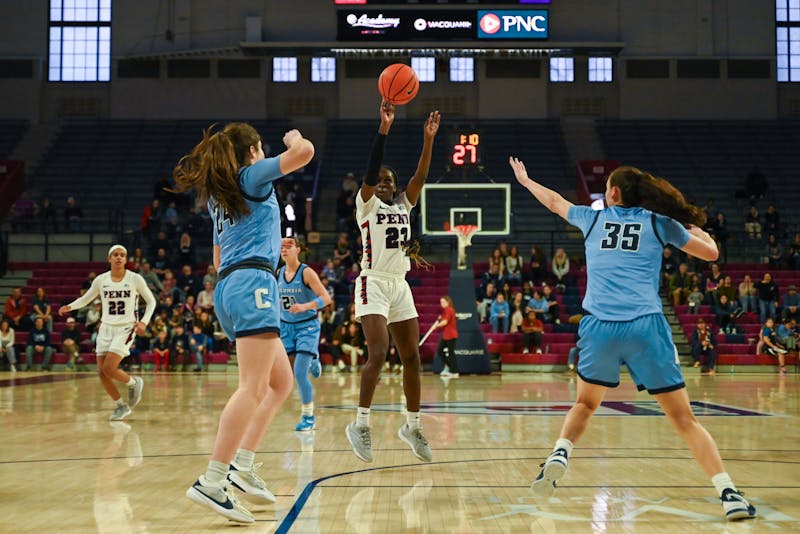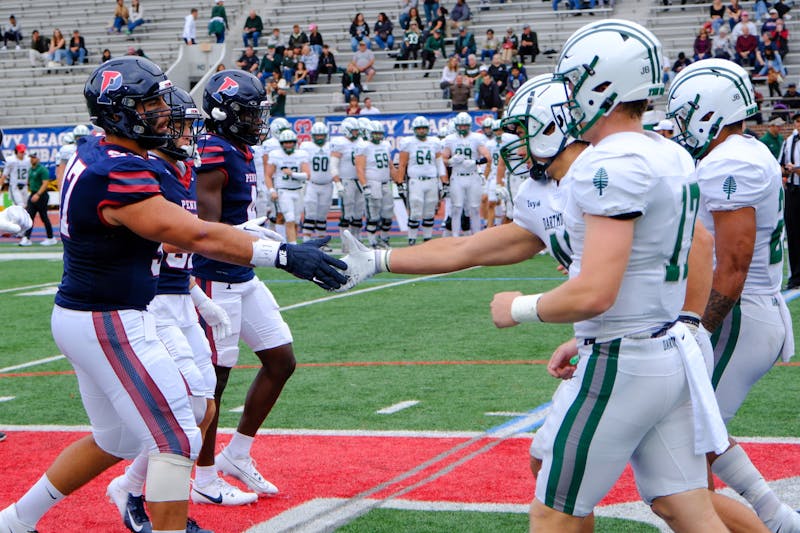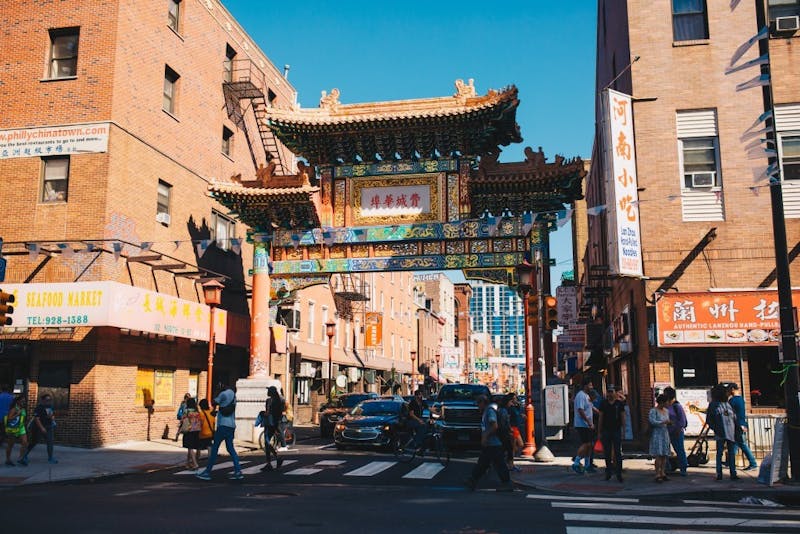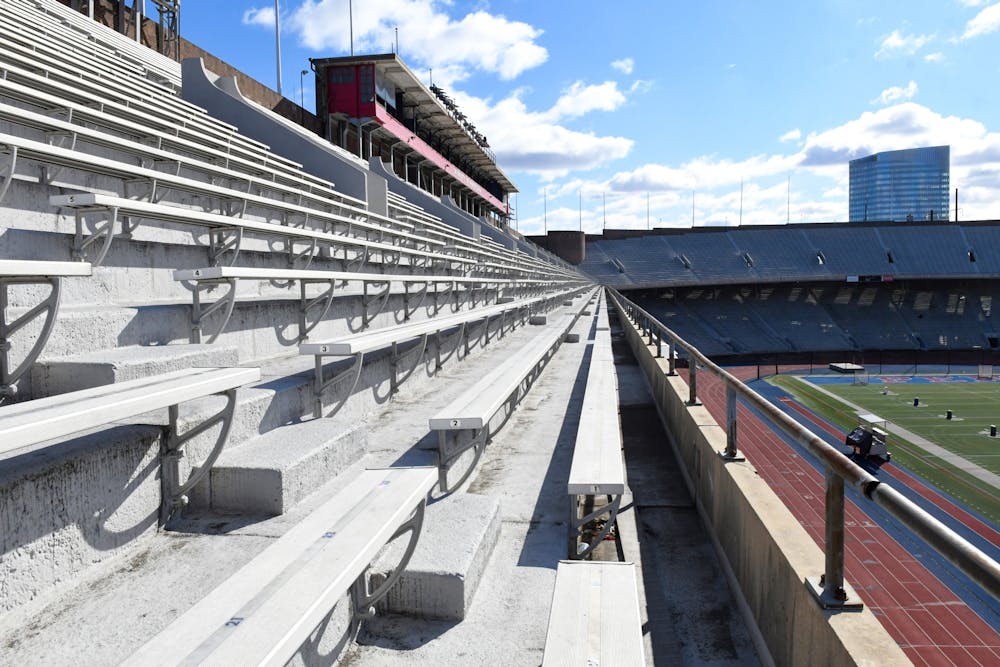
The NCAA's $2.8 billion settlement to pay current and former college athletes has sent shockwaves throughout university athletic departments.
Credit: Sukhmani KaurThe sports world has been sent into a collective shock as the balance of power in college athletics is finally teetering in the favor of those on the field.
On Thursday, the NCAA agreed on a tentative $2.8 billion settlement that would pay former and current college athletes.
The settlement, awaiting judicial approval, is in response to three antitrust lawsuits filed against the NCAA, alleging that student-athletes are entitled to their fair share of profit brought in by the multibillion-dollar behemoth. This payout is eligible to Division I players who participated in college athletics going back to 2016. Cashing this payout would prevent acceptees from joining future antitrust lawsuits against the NCAA.
Additionally, the Power 5 NCAA Conferences have agreed to a revenue-sharing agreement model. This agreement, if fulfilled, would see approximately 22% of each school’s average athletic revenue be paid out to players. In this compensation model, Power 5 schools will be permitted to pay up to $21 million to players, forming a collegiate salary cap.
On paper, this is a success for student-athletes who will finally be compensated for their athletic endeavors. Additionally, for those in support of adequate compensation of these athletes, celebration is appropriate. However, the long term, outcomes of this settlement are still precarious at best. The subtle intricacies of this supposed deal are just as important to consider as the tangible, headline-grabbing payout of $2.8 billion. The tandem of the two will forever change the landscape of college athletics, but in what ways remain uncertain.
The most obvious impact being discussed currently is how player compensation will affect future recruiting and player retention at smaller schools. Many D-I schools outside of the Power 5 will not have the ability to allocate upwards of $20 million a year to student-athletes, making it impossible to compete with the financial sway of universities. Even if these schools decided to set their equivalent of 22% of athletic revenue aside for player compensation, this would not stack up in comparison to the Georgias and Penn States of the college sports world.
Additionally, the effect of this decision on non-revenue sports is still unknown. However, there is a wide-spread fear that the paying of student-athletes may coincide with the cutting of sports that do not bring in enough revenue to be considered profitable. The cutting of major programs at schools country-wide, of course, would not occur overnight, but it is not far-fetched to believe that this can happen in the near future.
In recent memory, the COVID-19 pandemic’s financial strain on universities saw 112 D-I sports programs cut with 77 programs still awaiting reinstatement. Many of those programs will never return, and college sports will continue to prosper nonetheless. At the end of the day, it is a business decision for these universities where profit is king.
So what does this mean for Penn?
As cited in The New York Times, executive director of the Ivy League Robin Harris said, “It feels like the NCAA is bailing out the biggest spenders, and conferences like [the Ivy League] are paying for the majority of the settlement.”
The Ancient Eight’s universities will be subject to paying out the multi-billion dollar settlement in conjunction with all D-I universities. It is currently unclear the amount the Ivy League is subject to pay out, but we do know it will be determined, in part, by the conference’s recent representation in the men's basketball tournament.
Penn, like all D-I universities, will have complete control of how their share of the $2.8 billion will be allocated amongst various sports and players.
The Ivy League, in total, is a curious case when it comes to this settlement compared to other conferences. As the Ivy League has historically rejected change and does not allow athletic scholarships, it will be fascinating to see how the conference approaches this settlement. Tradition, of some sort, will need to be broken within the Ancient Eight in accordance to this settlement.
Additionally, key aspects to keep in mind as Penn and the Ivy League navigate this new era of college sports is the concurrent litigation surrounding athletic scholarships in the Ivy League and unionization efforts within the conference. As of now, the impact of the settlement is still unknown in respect to these endeavors, but the possibilities act as a looming threats towards player independence.
The line between collegiate and professional sport has been steadily blurring for the last decade. Although its final outcomes are still unknown, this settlement has the potential to completely erase that line.
CONOR SMITH is a junior and current summer sports deputy editor studying communications from Mount Royal, N.J. All comments should be directed to dpsports@thedp.com
The Daily Pennsylvanian is an independent, student-run newspaper. Please consider making a donation to support the coverage that shapes the University. Your generosity ensures a future of strong journalism at Penn.
Donate






